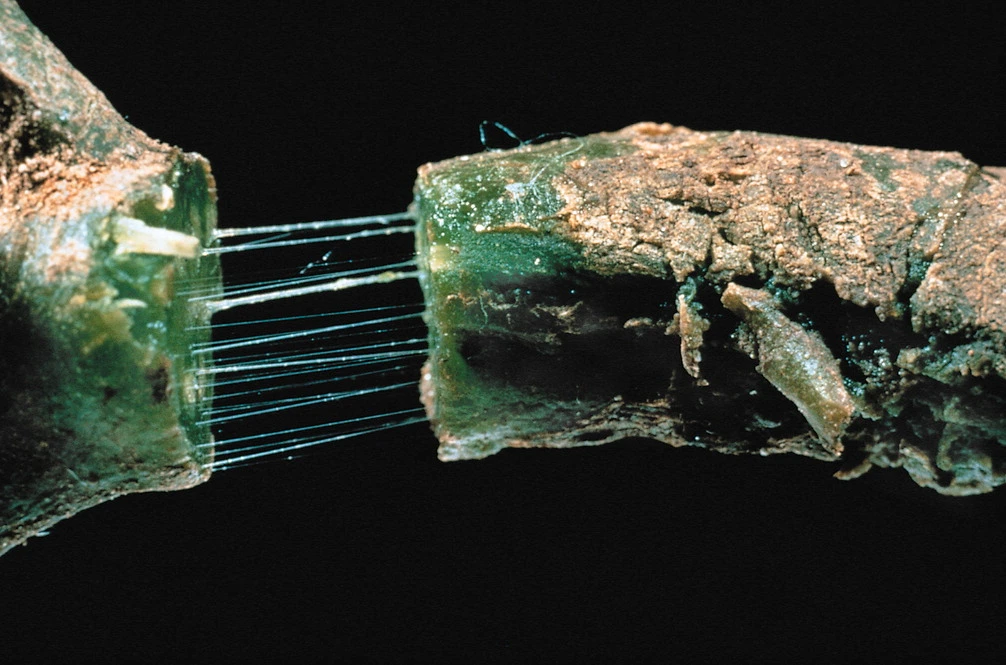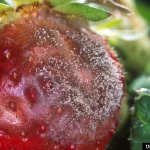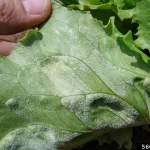Erwinia tracheiphila
Introduction
Erwinia tracheiphila is a bacterial pathogen that causes bacterial wilt, a devastating disease affecting cucurbits such as cucumbers, muskmelons, and, to a lesser extent, squash and pumpkins. This disease does not affect watermelons. The economic impact of Erwinia tracheiphila is significant, particularly in the Midwestern and Northeastern United States, where it threatens cucurbit crop production. Bacterial wilt can lead to severe losses, with up to 80% yield loss reported in susceptible cultivars in the field. The risk for indoor growers is present, as the disease can greatly reduce plant yields or even result in the death of many plants in a field [1-3].
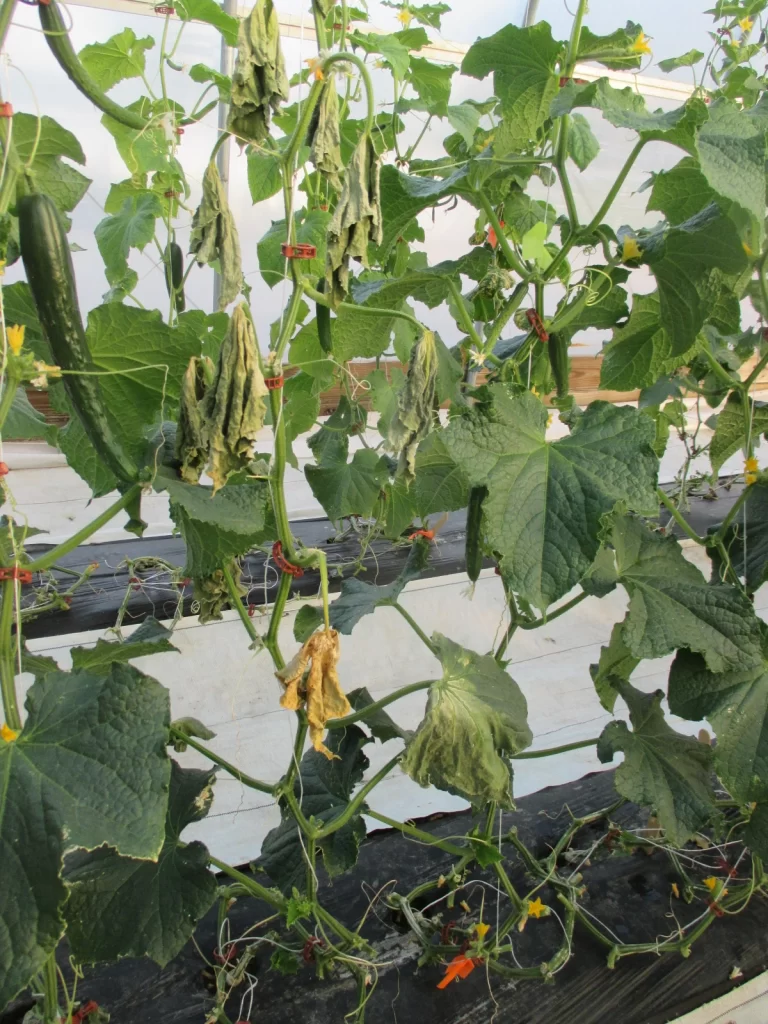
|
Hosts |
Susceptibility |
|
Cucumbers |
Most susceptible |
|
Muskmelons |
Highly susceptible |
|
Squash |
Less susceptible |
|
Pumpkins |
Less susceptible |
|
Watermelons |
Not affected |
We provide great overviews of many agricultural microorganisms. Subscribe to stay updated!
Symptoms
Symptoms of bacterial wilt include leaves that first appear dull green, wilt during the day, recover at night, and eventually yellow and brown at the margins, leading to complete withering and death. The speed of wilting varies by crop, with cucumbers and melons being rapidly affected. Infected plants may also exhibit reduced growth and vascular browning [4-6].
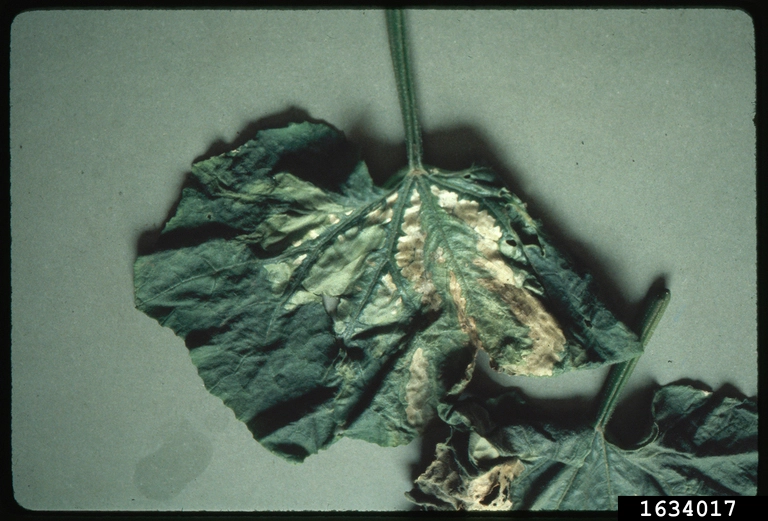
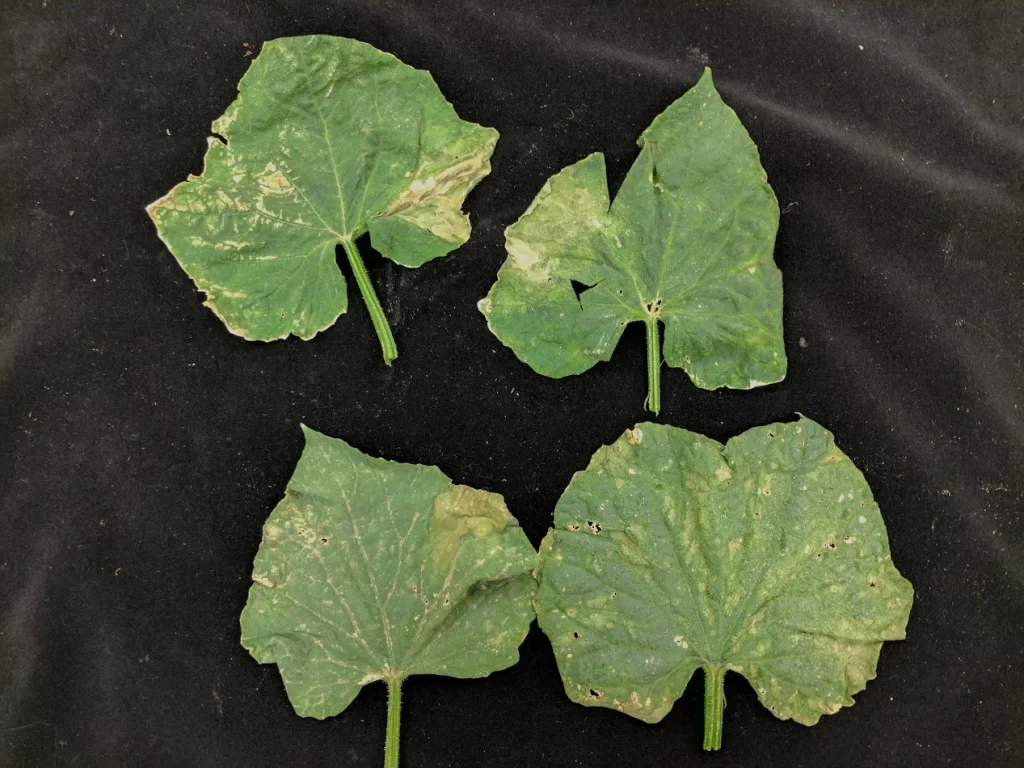
Life Cycle and Infection Stages
Erwinia tracheiphila overwinters in the gut of striped and spotted cucumber beetles and is transmitted to plants when these beetles feed, creating wounds through which the bacteria enter. The bacteria multiply rapidly within the plant, plugging the vascular tissue and causing wilting. The disease spreads to unaffected runners through the dissolved walls of adjacent xylem vessels. Note that aphids and other insects may also transmit bacterial wilt. [4] [6-7].
Growth Conditions for Erwinia tracheiphila
The bacteria thrive in warm, moist conditions, which are common in greenhouse environments. They remain viable in dried plant debris for short periods and die as plant stems deteriorate. The pathogen is not seed-transmitted and does not survive in the soil [6-7].
Methods of Prevention and Control
Managing cucumber beetles provides the most effective control of Erwinia tracheiphila. Biologicals such as nematodes Note that as the summer progresses, there is a noticeable rise in cucumber beetles affected by bacterial wilt. Cultural control strategies, such as exclusion and crop rotation, and the use of resistant cultivars are also recommended [3-6].
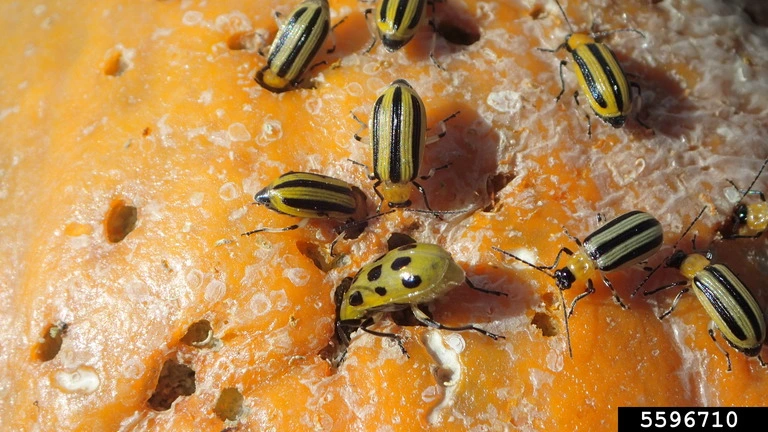
Conclusion
Erwinia tracheiphila severely threatens cucurbit production, especially for greenhouse growers. Understanding the pathogen’s symptoms, life cycle, and growth conditions is crucial for effective management. Implementing prevention and control methods can help minimize economic losses and ensure the sustainability of cucurbit production.
Disclaimer
The information we present in Pathogen Profile is based on collating published peer-reviewed scientific literature, and sources we think are reliable. This is by no means an exhaustive review of pathogens. Pathogen Profile gives a small glimpse of what is known about pathogens. We encourage growers to do more research on the pathogens concerning their crops and hydroponic systems. We are not plant pathologists; thus, the information presented in the Pathogen Profile should not be used as professional advice to treat pathogens or operate your system.
Banner image from EPPO Global Database:https://gd.eppo.int/taxon/PEPMV0/photos https://www.invasive.org/browse/detail.cfm?imgnum=5507942&
References
[1] Saalau Rojas, E., Batzer, J. C., Beattie, G. A., Fleischer, S. J., Shapiro, L. R., Williams, M. A., Bessin, R., Bruton, B. D., Boucher, T. J., Jesse, L. C. H., & Gleason, M. L. (2015). Bacterial Wilt of Cucurbits: Resurrecting a Classic Pathosystem. Plant Disease, 99(5), 564-572. https://doi.org/10.1094/PDIS-10-14-1068-FE
[2] Acharya, B., Mackasmiel, L., Taheri, A., Ondzighi-Assoume, C. A., Weng, Y., & Dumenyo, C. K. (2021). Identification of Bacterial Wilt (Erwinia tracheiphila) Resistances in USDA Melon Collection. Plants, 10(9), 1972. https://doi.org/10.3390/plants10091972
[3] OMAFRA. (2009). Bacterial Wilt of Cucurbits. Retrieved from https://www.omafra.gov.on.ca/IPM/english/cucurbits/diseases-and-disorders/bacterial-wilt.html
[4] Schuh, M., & Grabowski, M. (2022). Bacterial Wilt in Cucurbits. University of Minnesota Extension. Retrieved from https://extension.umn.edu/disease-management/bacterial-wilt
[5] Cornell University College of Agriculture and Life Sciences, Plant Disease Diagnostic Clinic, Plant Pathology and Plant‐Microbe Biology Section. (2019). Bacterial Wilt of Cucurbits: Erwinia tracheiphila. 334 Plant Science Building, Ithaca, NY 14853‐5904. Retrieved from http://www.extento.hawaii.edu/Kbase/crop/Type/e_trach.htm
[6] Latin, R. X. (2000). Bacterial Wilt. Purdue University, Botany & Plant Pathology Department, West Lafayette, IN 47907-1155. Retrieved from https://www.apsnet.org/edcenter/apsnetfeatures/Pages/BacterialWilt.aspx
[7] Day, E. (2020). Bacterial Wilt of Cucurbits. Department of Entomology, Insect ID Lab, Virginia Tech. Retrieved from https://www.pubs.ext.vt.edu/2808/2808-1009/2808-1009.html
Banner image from M. P. Hoffmann. https://apsjournals.apsnet.org/doi/10.1094/PDIS-10-14-1068-FE
![]()
David Santos is the COO/CMO of Healthy Hydroponics InnoTech


